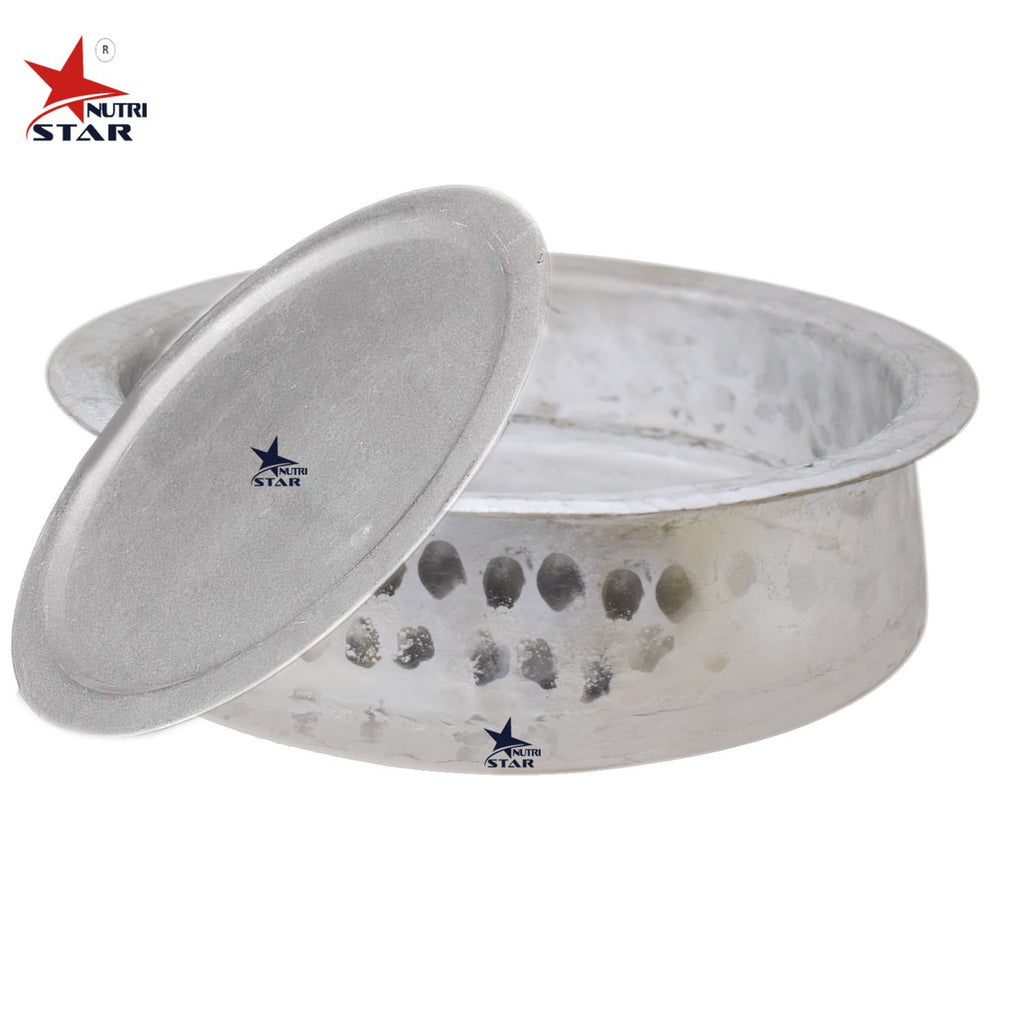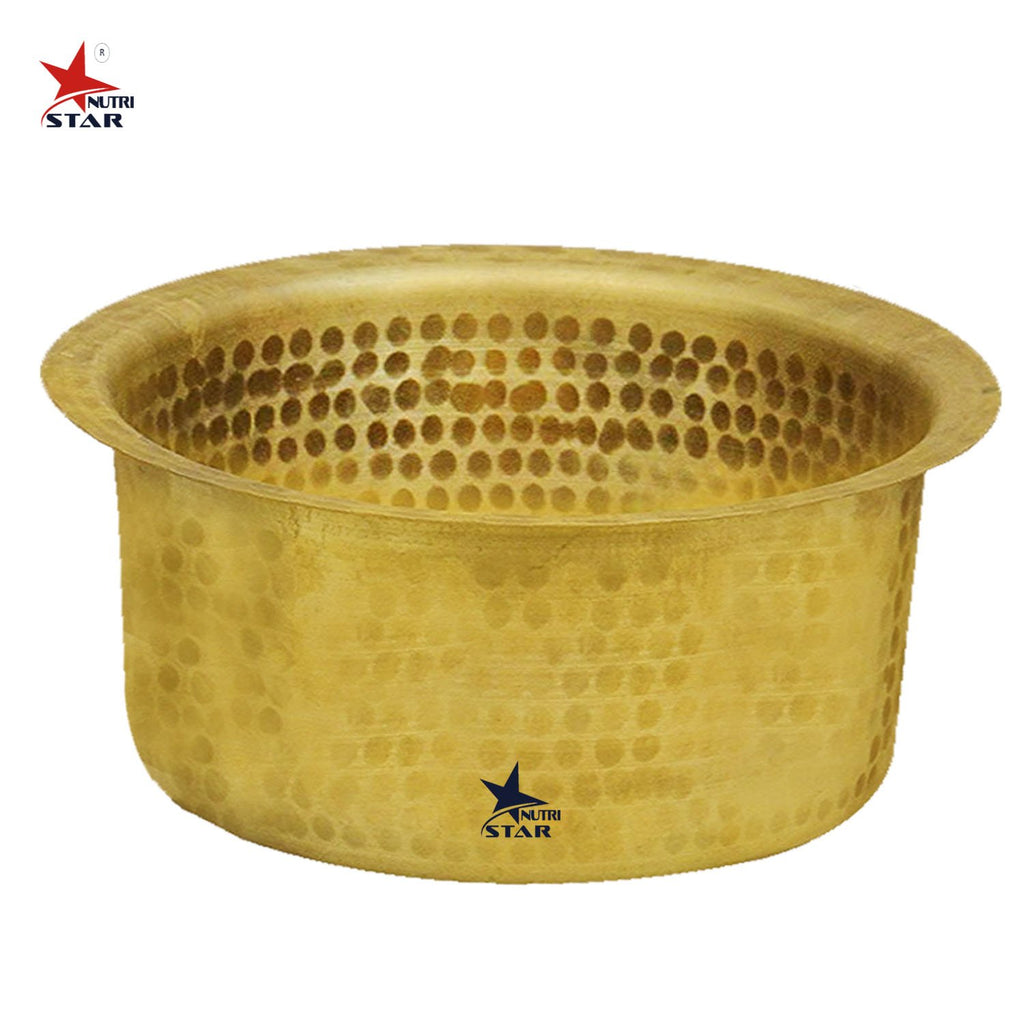Can You Get Sick From Reusing Water Bottles?
Reusable water bottles are helpful tools to extinguish our thirst in a hurry and stay away from drying out. They are not difficult to haul around and arrive at when we need a beverage. On the off chance that you lead a functioning way of life, you likely can't get by without a trusty reusable water bottle.
On the off chance that you care about the climate, you additionally realize that utilizing reusable water bottles is the best way to go. Expendable plastic water bottles contain the most elevated level of waste found in landfills. Truth be told, in a new report, it was resolved that 50 billion plastic water bottles are disposed of every year.
Also, on normal, just 1 out of 5 plastic containers are reused, and plastic jugs take somewhere in the range of 400 and 1000 years to break down. Did you additionally realize that it requires threefold the amount of water to deliver a plastic container as it does to fill it?
In the US alone, 1,500 plastic containers are opened each second by and large. One ongoing examination additionally tracked down that an expected 5 trillion bits of plastic waste are skimming in the sea, a lot of which comes from plastic water bottles.
Reusable water bottles are additionally significantly more practical than expendable water bottles. As indicated by Earth Day, the normal American purchases over 160 plastic water bottles and spends more than $200 every year. One could save a great many dollars by choosing a reusable water bottle all things considered.
Albeit reusable water bottles have numerous excellencies, they don't come without hazards. Specifically, reusable water containers can present wellbeing changes brought about by the development of hurtful microbes. Since the nature and capacity of reusable water bottles include dampness, they can become favorable places for microorganisms.
In this blog entry, we clarify how microorganisms can multiply in reusable water jugs and how you can make preparatory strides with the goal that you can keep utilizing your container securely. Furthermore, we will likewise clarify why the unique attributes of copper make copper water bottles normally self-sanitizing.
What You Need to Know About Bacteria
Before understanding how to avoid the growth of bacteria in our reusable water bottles, we need to understand what bacteria is and how it thrives.
Bacteria are tiny, single-celled microorganisms that are capable of thriving in different environments. They typically appear in three shapes - round (cocci), cylindrical (bacilli), and spiral (spirilla). One of how bacteria proliferates is through binary fission, which is where a single cell duplicates its DNA and the replicating copies are pushed out of the ends of its cell. Bacteria require certain environmental conditions for them to reproduce. There must be a warm temperature, moisture, a conducive pH level, and oxygen.
While a few microscopic organisms are profoundly gainful to the human body, different microbes can cause genuine sicknesses. An illustration of accommodating microscopic organisms is lactobacilli, which helps heartburn. Then again, an illustration of harming microorganisms is salmonella, which can cause food contamination.
In one late examination, research was directed to explore the kinds of microbes that fill in reusable water bottles. The specialists took swab tests from reusable water bottles that competitors drank from and tracked down that the reusable water bottles facilitated both innocuous and unsafe microorganisms. The innocuous microbes that flourished in the compartments included bacillus and gram-positive bars. Hazardous microorganisms that developed on the containers included gram-negative bars and gram-positive cocci, which can cause strep and bacterial sicknesses and can be impervious to anti-toxins.
Risks of Using Bacteria-Contaminated Water Bottles
As different investigations have appeared, reusable water jugs can become conditions that are inclined to developing destructive microscopic organisms. Reusable water bottles that have not been washed for seven days have been found to have gram-negative bars and gram-positive cocci. At the point when the water you are drinking is exceptionally tainted by these microbes, it can cause looseness of the bowels, urinary plot contamination, and sepsis, among different diseases and sicknesses.
The different examination has likewise been led to research the connection between filtered water and pseudomonas aeruginosa, a gram-negative pole molded bacterium that is equipped for causing sicknesses in plants, creatures, and people. One such investigation gathered filtered water tests after as long as 30 days away. The outcomes showed an extremely huge expansion in the size of the microbe's provinces. The examination additionally exhibited that the microscopic organisms had the option to increment at a lot higher thickness than they would in different conditions.
Another comparative examination showed the transcendence of pseudomonas in reusable water bottles and recommended that flare-ups of infections brought about by packaged waters have more to do with tainting than the nature of the water source. Another investigation, which had a term of eight months and tried eight various types of packaged drinking water, recuperated nine sorts of pseudomonas from the containers, among them p. stutzeri and p. diminuta, the two of which are unsafe microscopic organisms.
Preventing Bacterial Contamination
The most ideal approach to limit your openness to tainted water brought about by microorganisms is to ensure that you are utilizing a water bottle produced using the correct material. A few materials, like copper, are definitely more impervious to microscopic organisms development than different materials like plastic, glass, steel, or different metals.
Plastic
Plastic is the most widely recognized kind of material from which reusable containers are made. This is likely on the grounds that plastic is likewise the least expensive material from which to make water bottles.
Make certain to be cautious that any reusable plastic container you use is sans bpa. The presence of BPA (bisphenol A) is connected to deadly diseases like malignant growth, especially when the body is presented to it often. BPA has been recognized as an ecological poison that may disturb the improvement of people by propelling the pace of pubescence.
Appropriately, on the off chance that you should utilize a plastic water bottle, ensure you just use bottles that are made of high-thickness polyethylene (HDPE #2), low-thickness polyethylene (LDPE #4), and polypropylene (PP #5), as these materials are the to the least extent liable to filter destructive synthetic substances. Notwithstanding, these materials will in general be less tough and can hold smells and stains, and furthermore spill. Furthermore, plastic jugs will in general be tricky asylums for the development of microorganisms, which makes them less attractive.
Also, the natural mischief brought about by plastic water containers ought to urge you to think about different alternatives.
Copper

In one ongoing examination, specialists immunized water tests with e. coli, salmonella typhi, and vibrio cholerae and put away them short-term in a copper vessel at room temperature. The microscopic organisms were not, at this point recoverable when the specialists analyzed them the following day, which was an unbelievable outcome contrasted with water put away in charge glass bottles under a similar climate (in which the microbes proceeded to develop and thrive).
Copper water bottles likewise have an assortment of extra medical advantages, including making common antacid water.
Glass is another regular material from which reusable containers are made. Water bottles are frequently lauded for having the option to hold the regular taste of water. In any case, glass bottles are not a down-to-earth decision on the off chance that you mean to keep your things light, and they can likewise break effectively when dropped. Furthermore, glass bottles are helpless decisions with regards to keeping away from the development of microorganisms.
One late examination explored bacterial development in water put away in glass holders. The scientists confirmed that microscopic organisms could without much of a stretch duplicate on the glass holder's surface and in the body of the actual water. In the outcome, the scientists inferred that the number of microbes became unreasonably contrasted with water in normal conditions.
Stainless Steel and Aluminum
Stainless steel is another regular sort of material from which to make water bottles. Such water bottles are regularly made of culinary-grade tempered steel.
While hardened steel bottles are by and large more lightweight tough than glass, an examination by Stanley established that treated steel is helpless against the irreversible connection of pseudomonas aeruginosa. The scientists found that when the bacterial cells came into contact with stainless steel, they irreversibly joined in under one moment and afterward started to duplicate. Treated steel bottles are likewise not truly adept at opposing the development of upsetting scents.
Aluminum water bottles are created by molding an aluminum puck into a round and hollow shape utilizing a metal press. Aluminum bottles are by and large stun proof and can oppose smell arrangement. Notwithstanding, aluminum protects fluids inadequately, and buildup can frame outside the container when cold water is put away inside it.
Like hardened steel, aluminum can likewise be perilous when presented to hot temperatures. Aluminum is likewise receptive to acidic substances and should be fixed with a polish or epoxy layer. Lamentably, analysts have verified that the epoxy layer utilized in numerous aluminum bottles contains BPA, which is one of the essential parts utilized while making aluminum bottles.
One examination was led to test the following measures of metals in water put away in metal water bottles. The analysis included testing 132 distinct brands of filtered water from various nations. Filtering tests were likewise directed. The analysts tracked down that a portion of the water had an extremely high measure of aluminum, beryllium, manganese, and uranium. The scientists likewise forewarned against certain metal jugs which debased unsafe degrees of harmful follow metals like antimony and thallium.
Cleaning your Water Bottle
Notwithstanding the material from which your water bottle is made, you ought to never permit it to lounge around for quite a long time without washing it, except for copper water bottles which are normally self-disinfecting.
Preferably, you should scour your water bottle every day with a cleanser and water. Jugs with a more extensive mouth will be simpler to reach inside for cleaning. On the off chance that your container has a limited mouth, utilize a brush to clean within your jug.






















